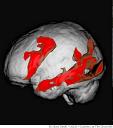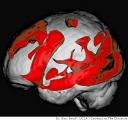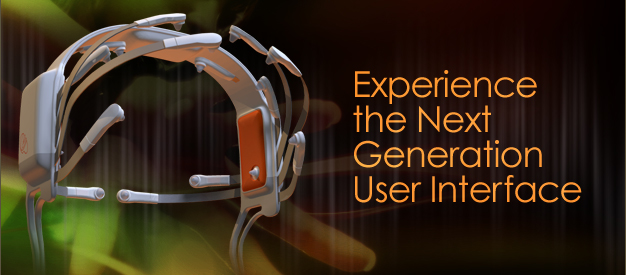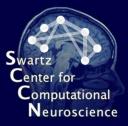Designing for How Minds Work On-line
Tuesday, December 30th, 2008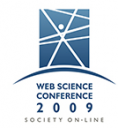 The paper I proposed to the Web Science 2009 Conference, Seeking Mental Energy On-Line, was accepted. The conference is devoted to explaining “Society On-Line” or the social behavior of individuals and organizations in cyberspace. Not surprisingly, I apply the principles of cognitive design to the problem.
The paper I proposed to the Web Science 2009 Conference, Seeking Mental Energy On-Line, was accepted. The conference is devoted to explaining “Society On-Line” or the social behavior of individuals and organizations in cyberspace. Not surprisingly, I apply the principles of cognitive design to the problem.
“In this paper we argue that to explain social behavior on-line we must understand and model interactions as the conversion of mental energy. Interaction as the conversion of mental energy is the principle that plays a special role in explaining and predicting on-line social behavior. In this context, mental energy involves the amount of cognitive work we must do to engage in an interaction compared to the psychological lift or drag we get out of it. We put energy into interacting on-line by, for example, searching, monitoring, deciding and communicating and we get energy out in terms of meaning, emotion, triggered cognitions and other ways the interactions make us think and feel. The relationship between the mental energy that goes into the interaction versus what comes out determines the cognitive fit of the experience and our resulting frame of mind.”
I describe a 10-factor model for mental energy analysis and show it can be used to explain a wide variety of on-line behavior. An extended abstract is available and the full paper will be shortly.



